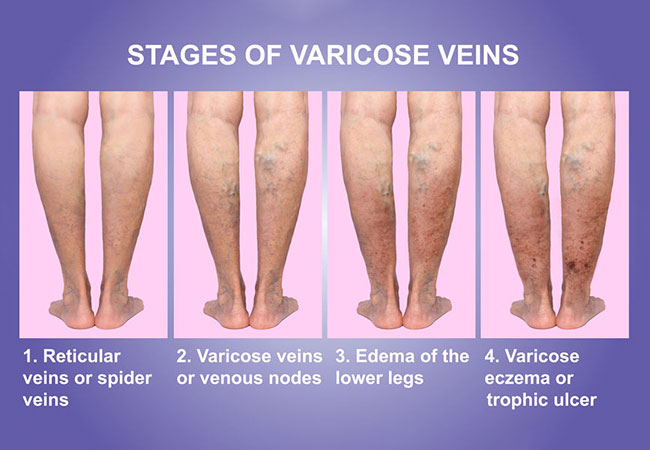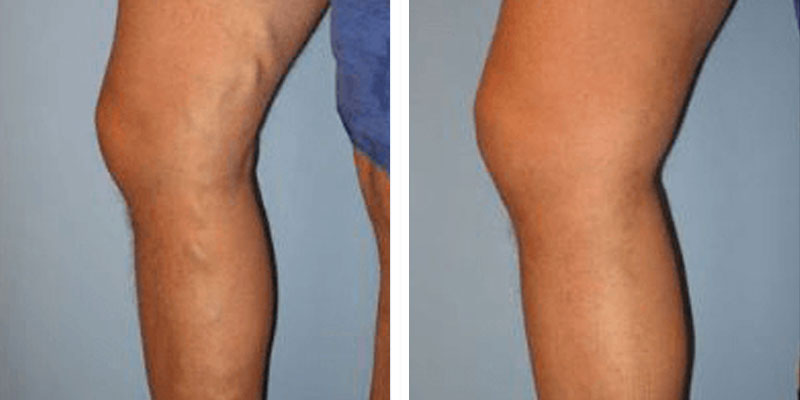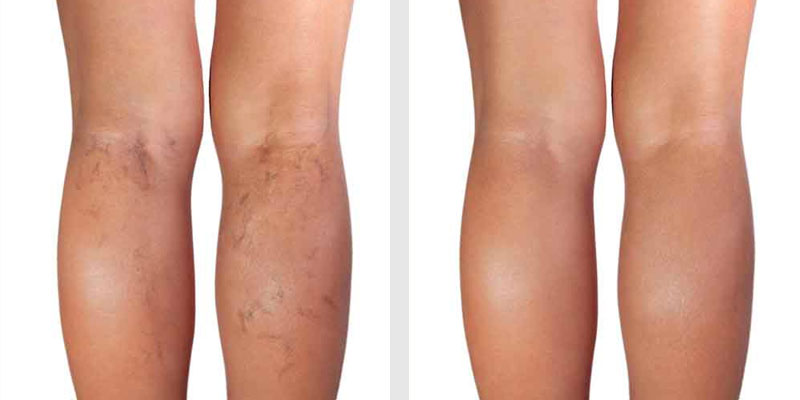Non-invasive varicose vein removal procedures have become increasingly popular these days. They are particularly helpful in treating veins that are challenging to treat through surgical means. One such non-invasive technique that offers great and long-lasting results, leverages the power of ultrasound waves.
Non-Surgical Relief for Unwanted Vein Conditions

What is Ultrasound-Guided Ablation?
Ultrasound-guided ablation is an alternate procedure used in place of surgical stripping. It can be used for deeper, larger varicose veins that a physician isn’t able to treat with a laser for varying reasons such as the vein’s structure, visibility, or location in the body. Ultrasound imaging lets the physician accurately target the varicose vein for better treatment results.
Advantages of Ultrasound Ablation Over Other Varicose Vein Removal Procedures
At the VeinGuard Heart & Vascular Center, we are a reputed cardiac and vascular medical facility in Fairfax, VA. Our team, led by the highly-experienced Dr. Fareeha Khan, is very skilled at providing ultrasound-guided ablation. We can work with you to design a bespoke treatment plan that helps you regain your health and beauty, through varicose vein removal.
- Ultrasound is a non-invasive imaging technology that lets the physician see inside the body
- Ultrasound thermal energy does not cause inflammation in the vein
- The procedure does not pose any neurological danger to the body
- The treatments can be administered to a patient multiple times, without fear of scarring healthy tissues
- There are fewer risks and complications are very rare
- It offers faster healing
Before & After Treatment


What You Should Know About the Ultrasound-guided Chemical Ablation Treatment
Ultrasound-guided chemical ablation is also called radiofrequency ablation (RFA) or catheter ablation. It is a technique that is designed to get rid of varicose veins without any invasive treatments.
The procedure uses radiofrequency energy, which is similar to the heat energy used by a microwave oven; this is the energy used to destroy the target tissue. Patients feel neither heat nor pain when this energy is used.
During the consultation stage, an ultrasound scan is performed. Of all imaging techniques, ultrasound is one of the best, since it offers an extremely clear view of the varicose veins. Ultrasound scanning of the vascular system can give doctors information about both surface-level varicose veins and the veins that lie deep within the body. With the help of ultrasound, it becomes easier to identify blood clots and diagnose fatal conditions like deep vein thrombosis and pulmonary embolism.

Preparing for the Treatment
Just before the treatment, you are asked not to apply any moisturizer or cosmetics to your body. You are also asked to avoid taking blood-thinning medication for a few days prior to your treatment.
The treatment will expose your body to a lot of heat. So drink plenty of water before the session starts.
It’s best to wear loose-fitting clothes on the day of the treatment to feel more comfortable after the treatment. If your ultrasound-guided varicose vein ablation is in the groin area, it’s important to bring a change of underwear, as the ones you use may get stained.
The Ultrasound-guided Ablation Procedure
The ultrasound-guided ablation is a minimally invasive surgical procedure. No overnight hospital stay is required in most cases. The procedure is typically performed in a cardiac catheterization lab (“cath lab”) or electrophysiology lab (“EP lab”), generally in a hospital. It can usually be completed within 2 to 4 hours.
The patient is given a sedative and local anesthesia and the procedure is performed under conscious sedation. Usually, ultrasound-guided ablation treatments start with the great saphenous vein in the lower part of the body. This is because this vein, its tributaries, and branches are most likely to develop varicose veins.
The area to be treated is cleaned and sterilized. A small incision is made on the skin to access the vein underneath. This incision can be near the groin, on the calf or anywhere where there is a large cluster of varicose veins.
The vein is pricked with a needle and is given anesthesia. This prevents pain during the procedure. Next, a small incision is made in the vein. A guidewire is eased through and navigated to reach the first treatment area. The catheter is the device used to deliver the radiofrequency energy to the appropriate area of blood vessels. It is mounted on this guidewire and is brought to the target area. Once there, the doctor will start the ablation treatment.
The ultrasound waves released by the catheter produce thermal energy. This heat energy starts to shrink the treated vessel. Any blood clots in the varicose vein will also disintegrate because of the intense heat energy.
Once the vein is closed, it stops receiving blood flow, then the treated vein is gradually absorbed into the surrounding tissue. Blood flow is then diverted to healthy veins and circulation is improved.
Once all the varicose veins undergo ultrasound-guided ablation, the catheter is gently taken out, the incision is closed and a bandage is applied.
Post-Treatment Results
A day or two after the treatment, you will notice a visible change in the shape and size of the vein, but, the full results of the ultrasound-guided ablation can be seen only a few weeks after the treatment.
To ensure your veins get the time to heal, you are advised to not put any pressure on the treated area. It is advised that you rest for 2 to 3 days. Any exercise apart from walking must be stopped temporarily for 2 to 3 weeks. During this time we recommend that you wear compression stockings.
Very few side effects are associated with ultrasound-guided ablation. The medical team at the VeinGuard Heart & Vascular Center may schedule you for a follow-up assessment a few months after the treatment to ensure all is well. To schedule a consultation for ultrasound-guided ablation at our Fairfax vein treatment center, contact us today.

